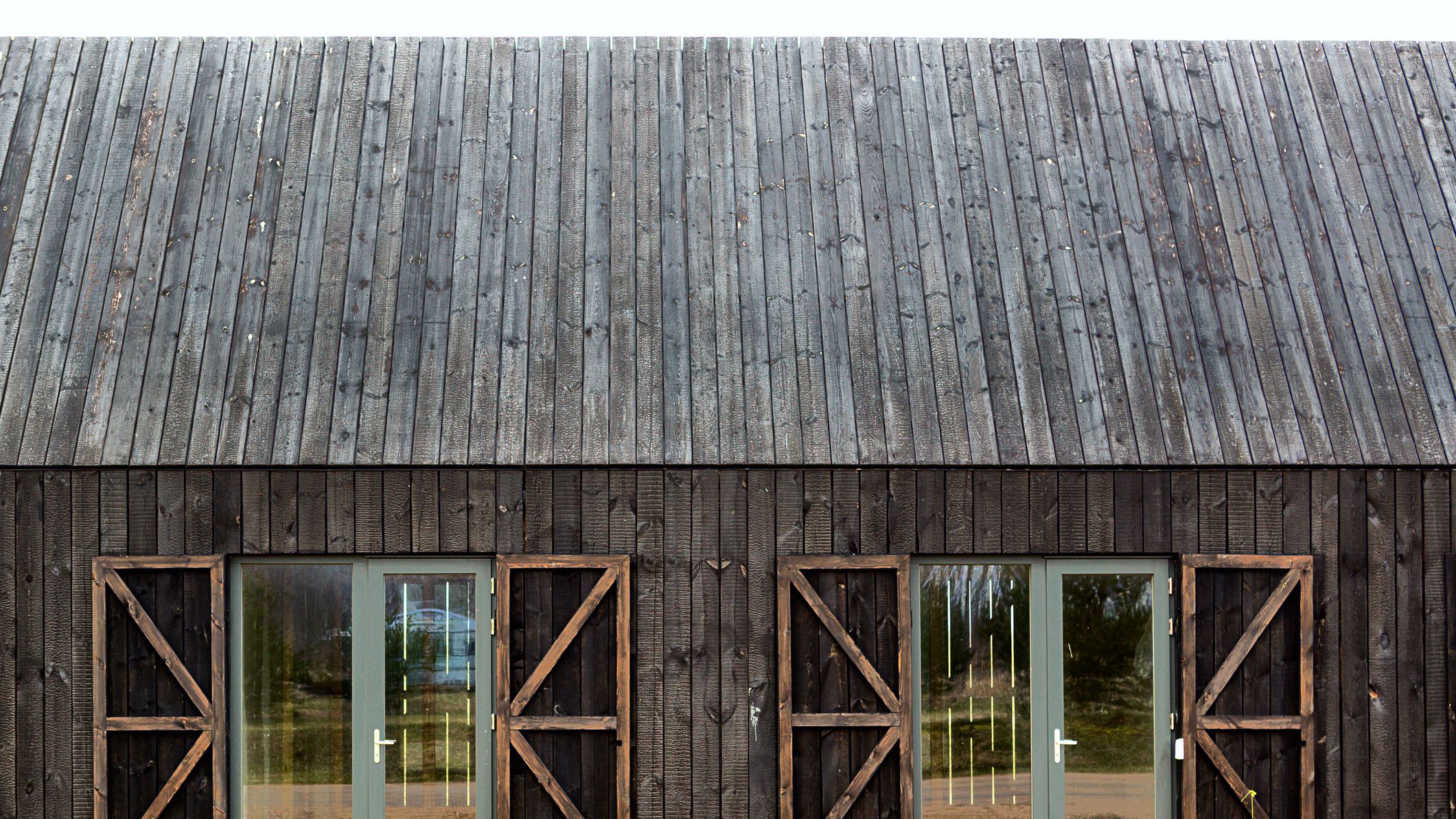If you’re a would-be or current homeowner, you’re probably always on the lookout for two things-ways to improve the quality of your structure and the interior, and new looks to increase both the attractiveness of your residence and its curb appeal.
Welcome to the world of Shou Sugi Ban. It’s a totally “new” look that’s actually been in use for hundreds of years in Japan, and it’s making its way into modern construction projects around the world, including Shou Sugi Ban Australia.

Definition
So what is it? Well, it originated in Japan-Shou Sugi Ban literally translates as “the burning of Japanese cypress,” and it’s actually a technique to char wood so that it can repel water, hinder or prevent sun damage, and better withstand both rot and insects.
That may sound unappealing, but in fact it’s just the opposite. A simple search on the term will reveal a wide array of different design tactics, and it’s being incorporated into more and more designs as a way to add innovative looks while helping to improve the quality of the house itself.
But the best way to understand the benefits of Shou Sugi Ban is to look at its history, so let’s delve into that a little to get some knowledge and insights.
History
The basic technique behind Shou Sugi Ban involved binding three triangular boards together in a triangle-shaped tube. The wood was burned from the inside with the goal of getting an attractive black-silver finish, and when the wood was cooled it was then brushed and washed.
The idea was to accent the gray or silver overtones, and the charring process eliminated the sap in the wood, which in turn made it resistant to rot, pests and fire. The charring process also helped make the wood more durable, and it decreased the level of maintenance necessary to maintain its appearance, which helps explain why it has become so attractive to modern homeowners and buyers.
Versatility and Modernization
While the original Shou Sugi Ban techniques were obviously somewhat limited, the modernization process has exponentially expanded the versatility of the wood and how and where it can be used.
A number of companies have led the charge in making Shou Sugi Ban timber available, using proprietary ovens to use a variety of burn levels on different kinds of woods from around the world.
These techniques have made the Shou Sugi Ban look fit with interior designs as well as the external structure. Treated boards can now be used for flooring, siding, decks and interior ceilings and walls. The only limits are the imagination of the designer and the preferences of buyers and homeowners.
In addition to original woods such as Japanese cedar, you can now get the Shou Sugi Ban look using many kinds of woods from around the world, including spruce and Western red cedar, so the end result is a mind-boggling array of choices.
Making the Choice
So what’s the best way to decide if Shou Sugi Ban is right for your home, or if it’s a good choice for a home you’re interested in buying?
Start with some simple choices. In addition to Shou Sugi Ban, search on the aforementioned companies and you can also look at Shou Sugi Ban Australia to get an idea of what’s available.
If you like what you see and read, you could reap the benefits of a wonderful historical technique that will increase the value and attractiveness of your home, wherever and however you choose to use it.
 2018 ·
2018 ·
Leave a Reply